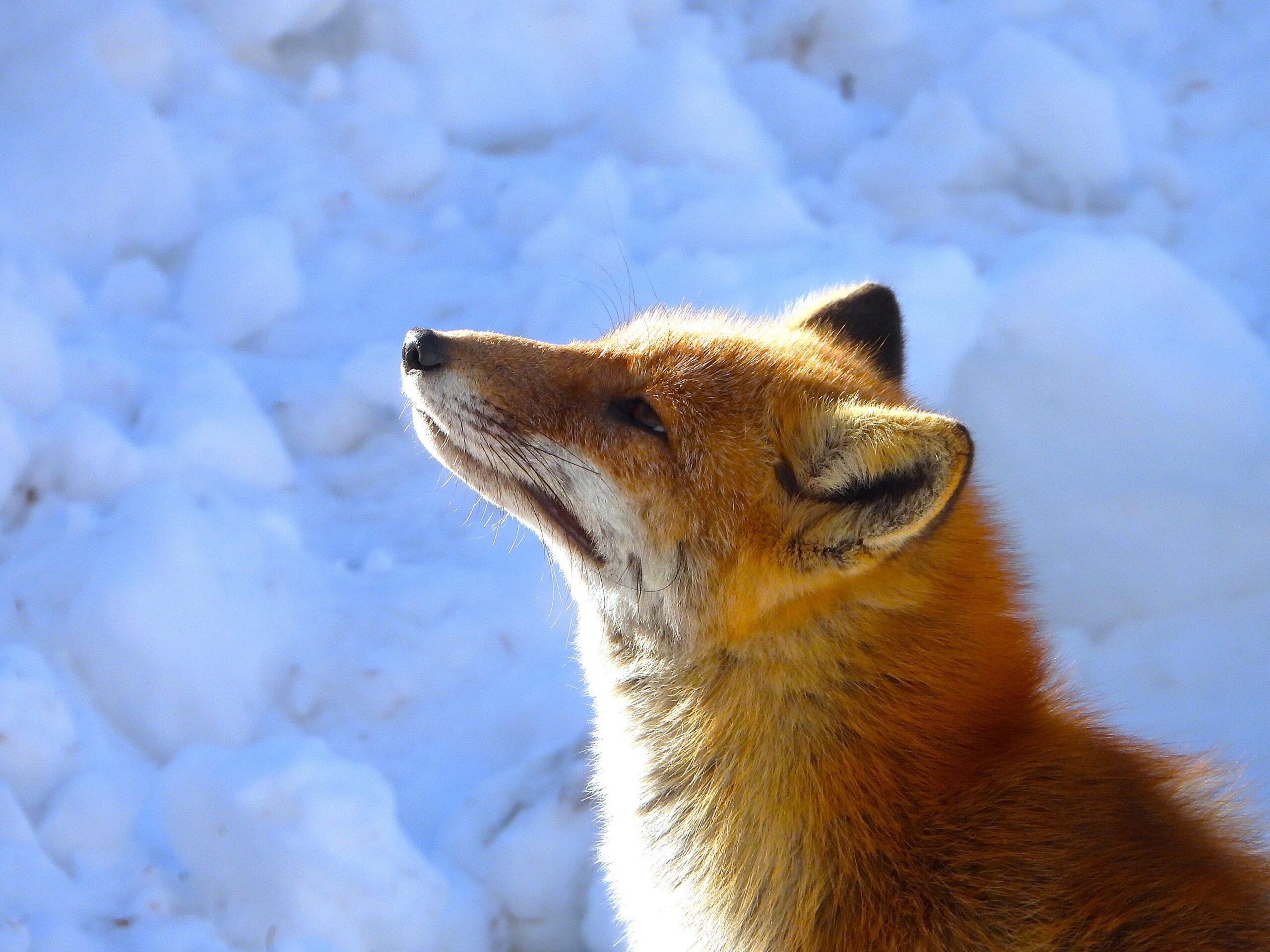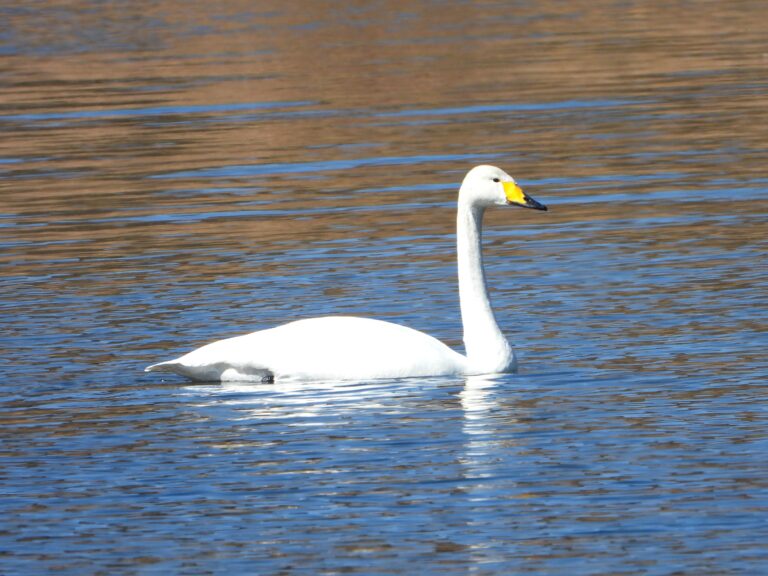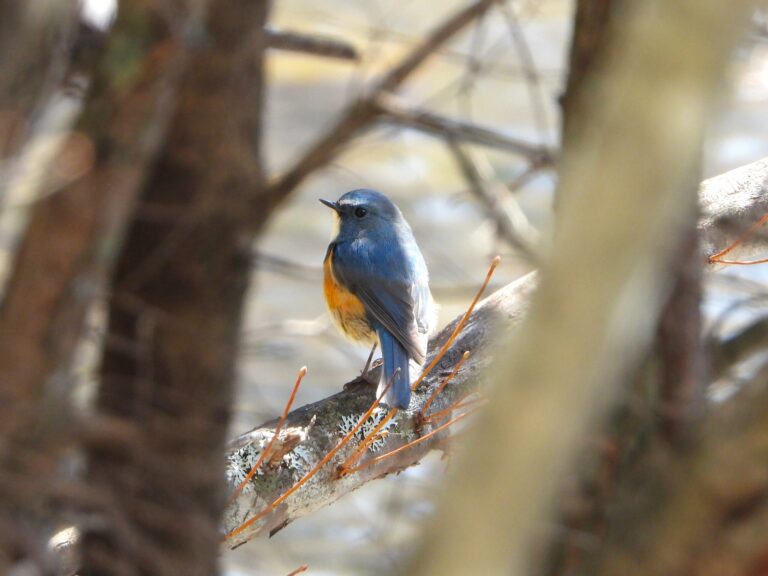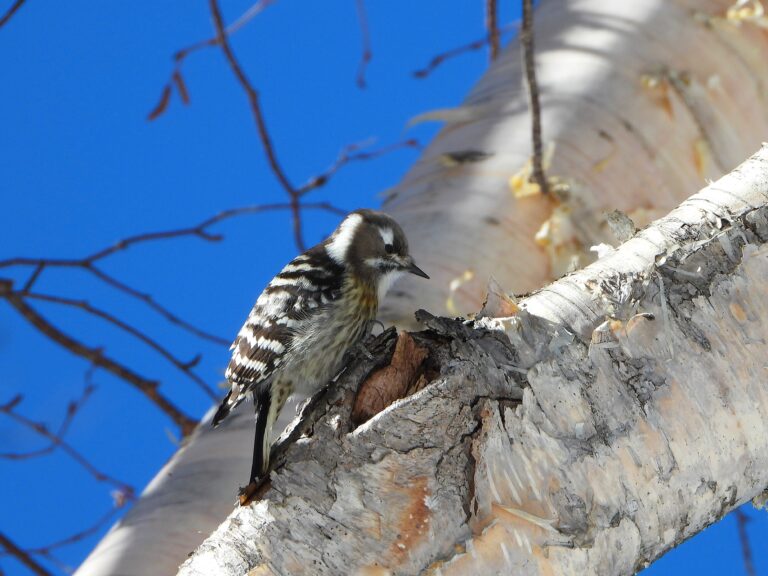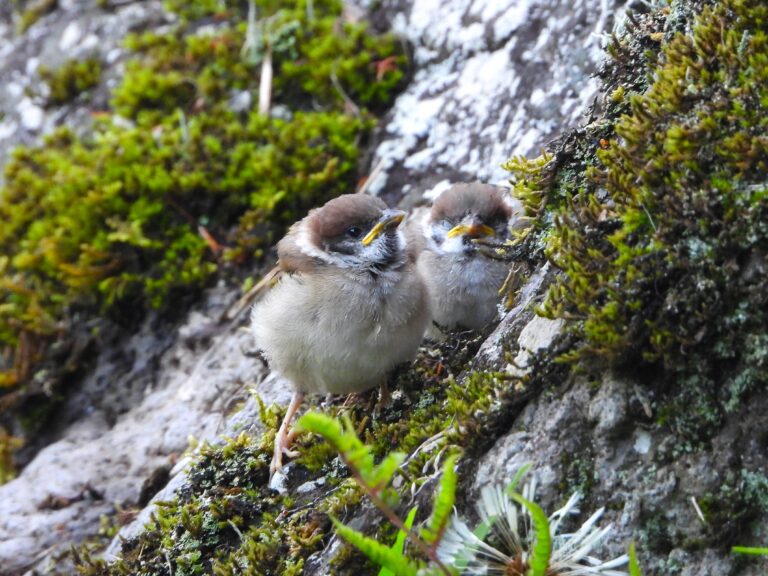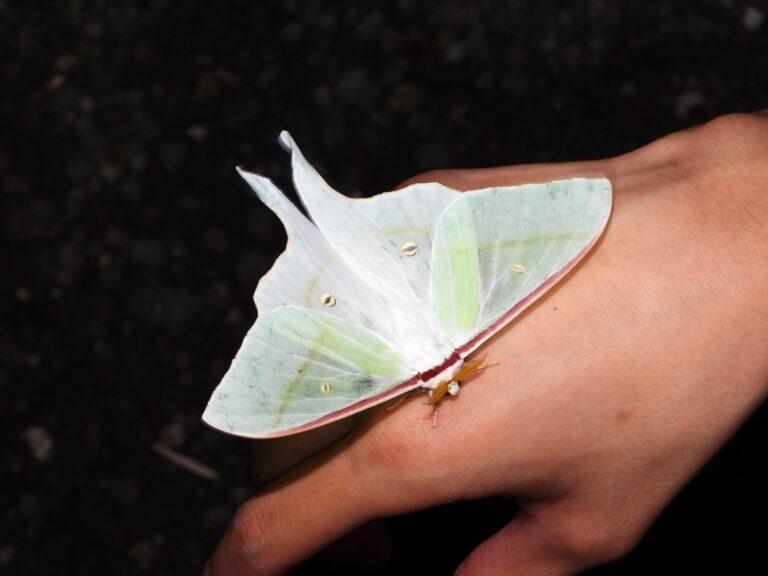Mammals of Japan – Guide to Monkeys, Deer, Foxes, and More
Introduction
Japan’s landscapes host fascinating mammals that play key ecological and cultural roles. From the famous snow monkeys of Nagano to the sacred deer of Nara, these animals rank among the most iconic symbols of Japanese wildlife. This guide introduces Japan’s most notable mammals.
Japanese Macaque (Snow Monkey, Macaca fuscata)
The Japanese macaque lives across much of the country and forms large, social troops. People around the world admire them for bathing in hot springs during snowy winters.
👉 Learn more in the full article.
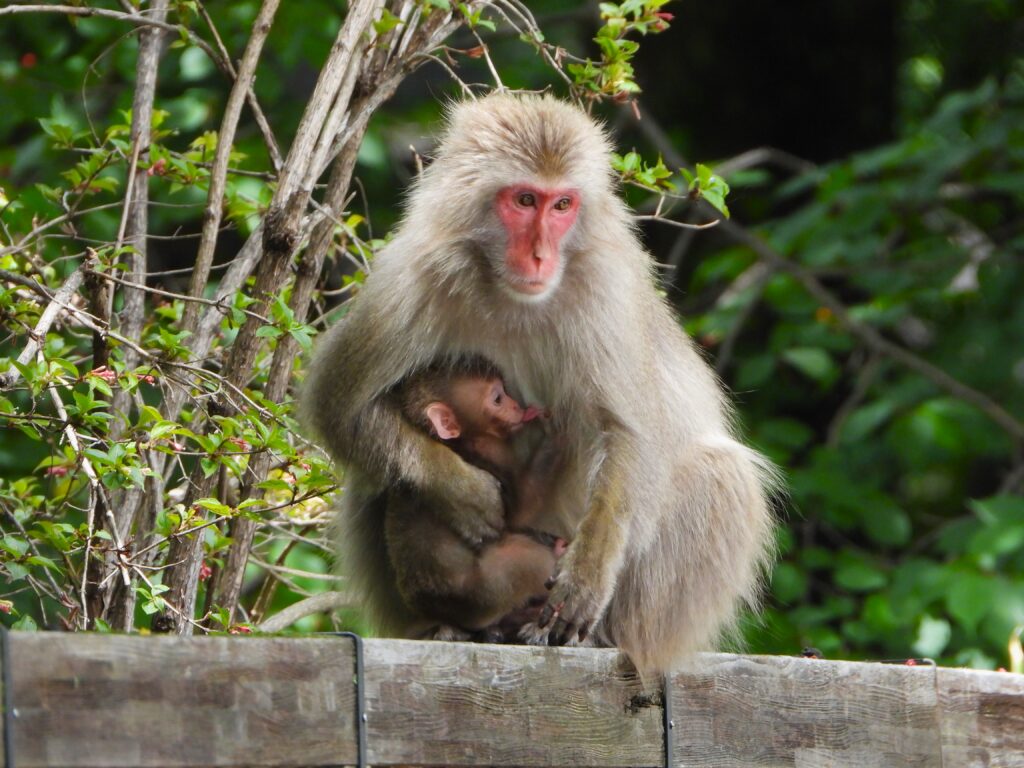
Japanese Sika Deer (Cervus nippon)
Japanese culture strongly values the sika deer, especially in Nara and Miyajima where they freely roam among visitors. Their spotted coats and graceful behavior make them one of the easiest mammals to observe.
👉 Learn more in the full article.
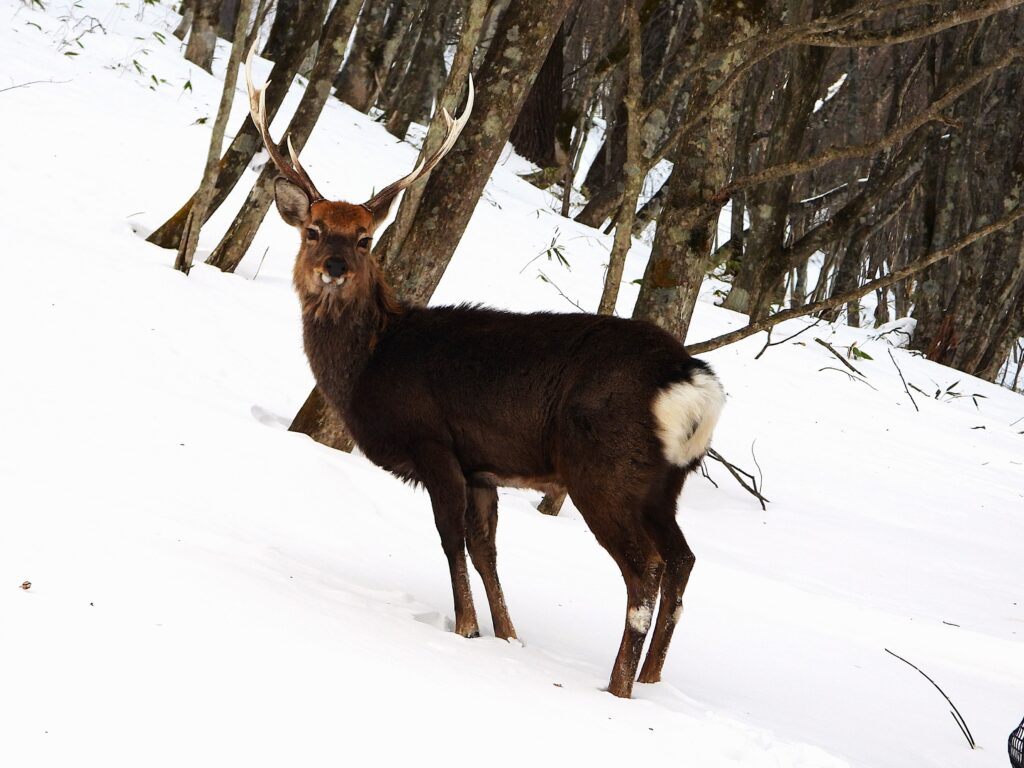
Wild Boar (Sus scrofa leucomystax)
Wild boars dig through forests and fields across rural Japan. They shape ecosystems as omnivores but also cause conflicts with farmers.
👉 Learn more in the full article.
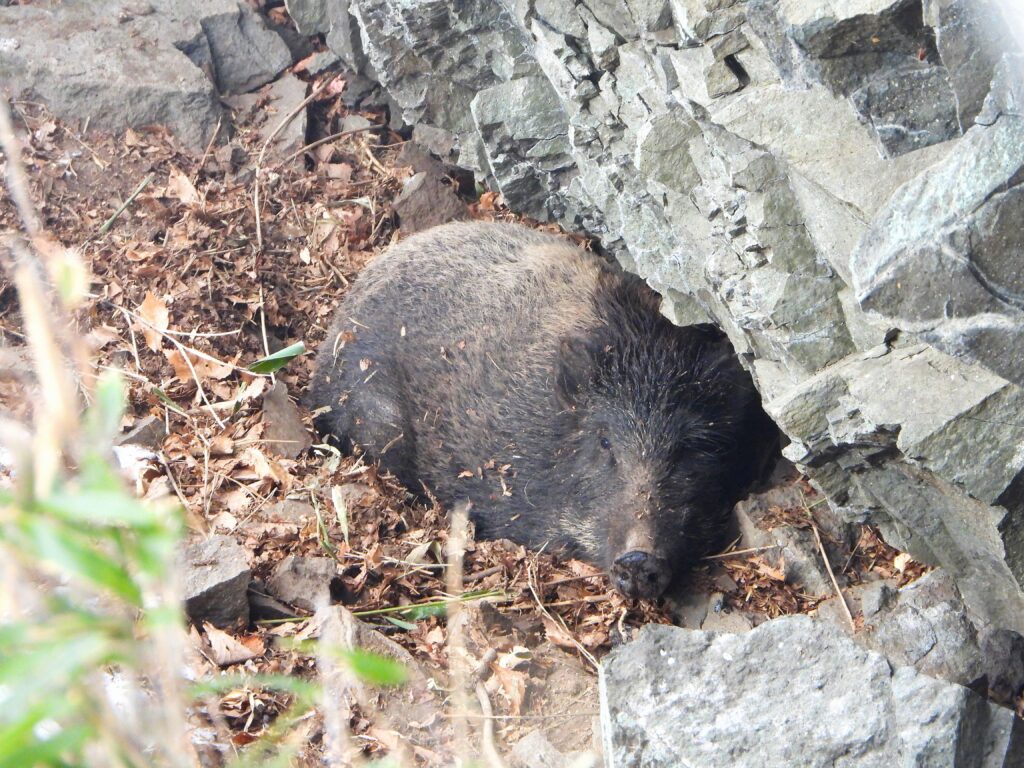
Japanese Black Bear (Ursus thibetanus japonicus)
The Japanese black bear roams the forests of Honshū and Shikoku. As the country’s largest predator, it symbolizes mountain wilderness. Hikers should carry bells and take precautions to avoid dangerous encounters.
👉 Learn more in the full article.
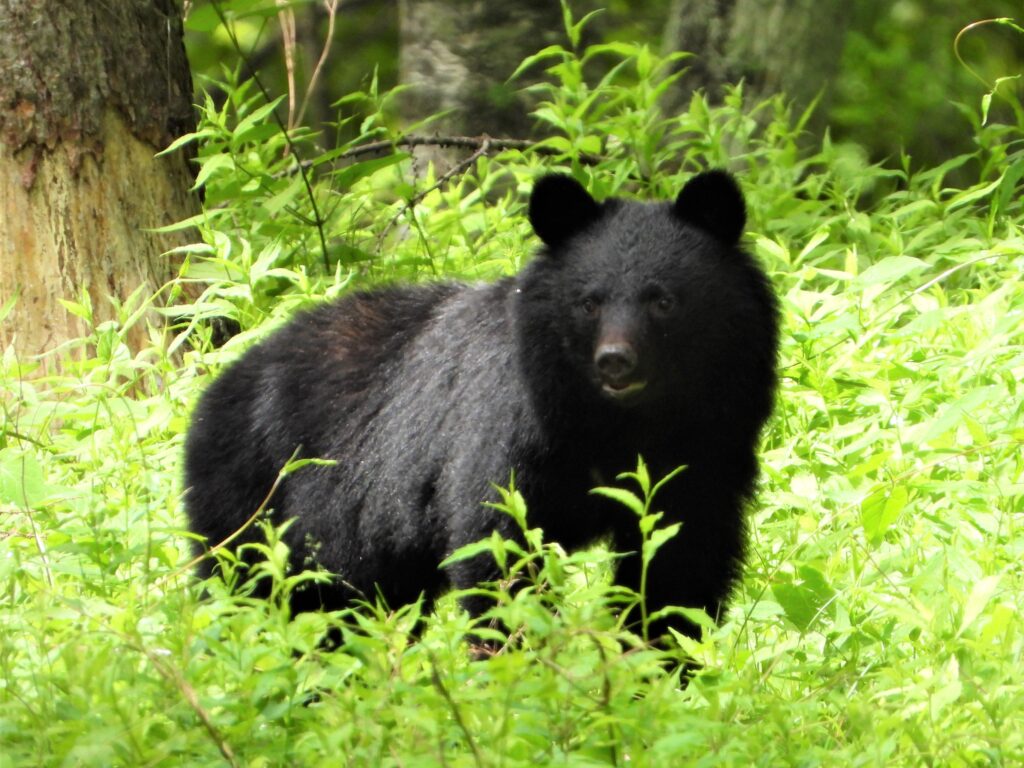
Japanese Serow (Capricornis crispus)
Japan recognizes the serow as a Special Natural Monument and a symbol of its mountain wildlife. This goat-like mammal usually lives alone in steep forests.
👉 Learn more in the full article.
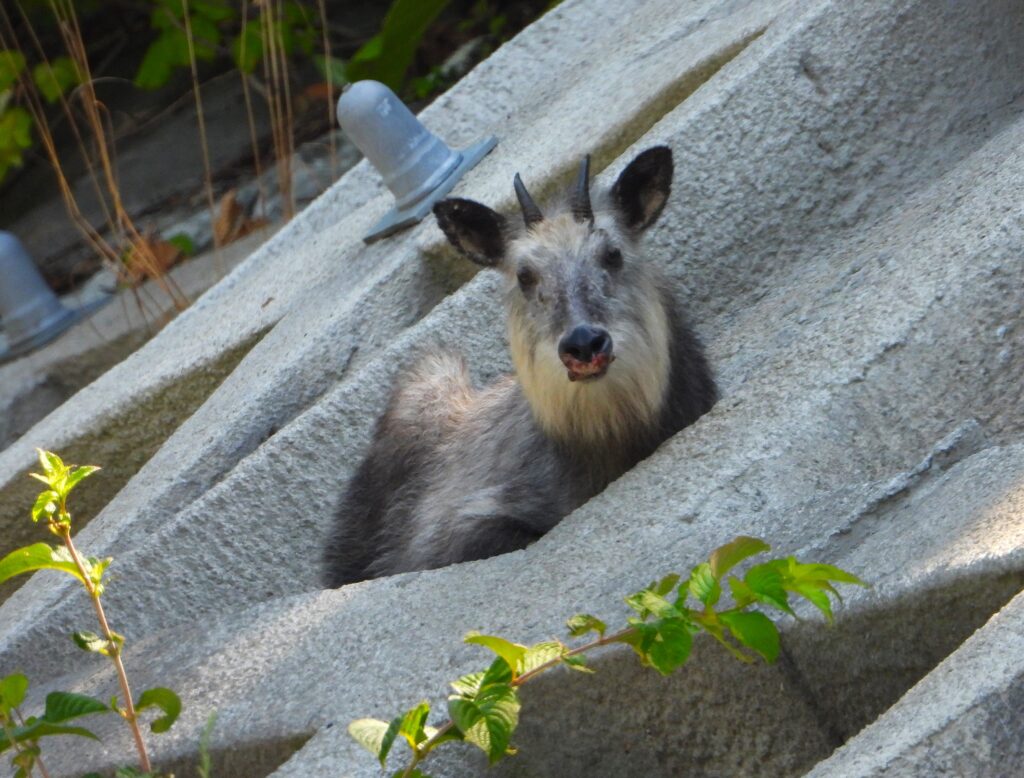
Red Fox (Vulpes vulpes japonica)
Folklore often celebrates the red fox as a mystical figure linked to shrines and legends. In the wild, foxes hunt cleverly in forests, grasslands, and even near villages.
👉 Learn more in the full article.
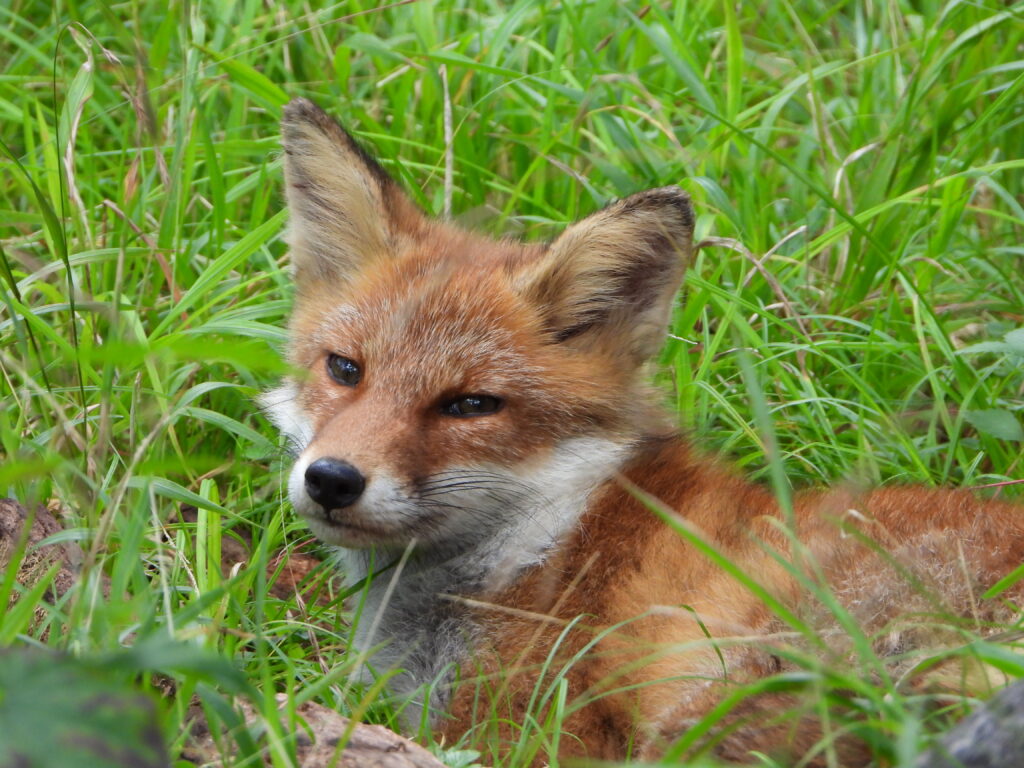
Japanese Raccoon Dog (Tanuki, Nyctereutes procyonoides viverrinus)
Japanese folklore frequently features the tanuki, and statues across the country portray it as a cheerful trickster. In reality, tanuki thrive in woodlands and farmlands, feeding on a wide variety of foods.
👉 Learn more in the full article.
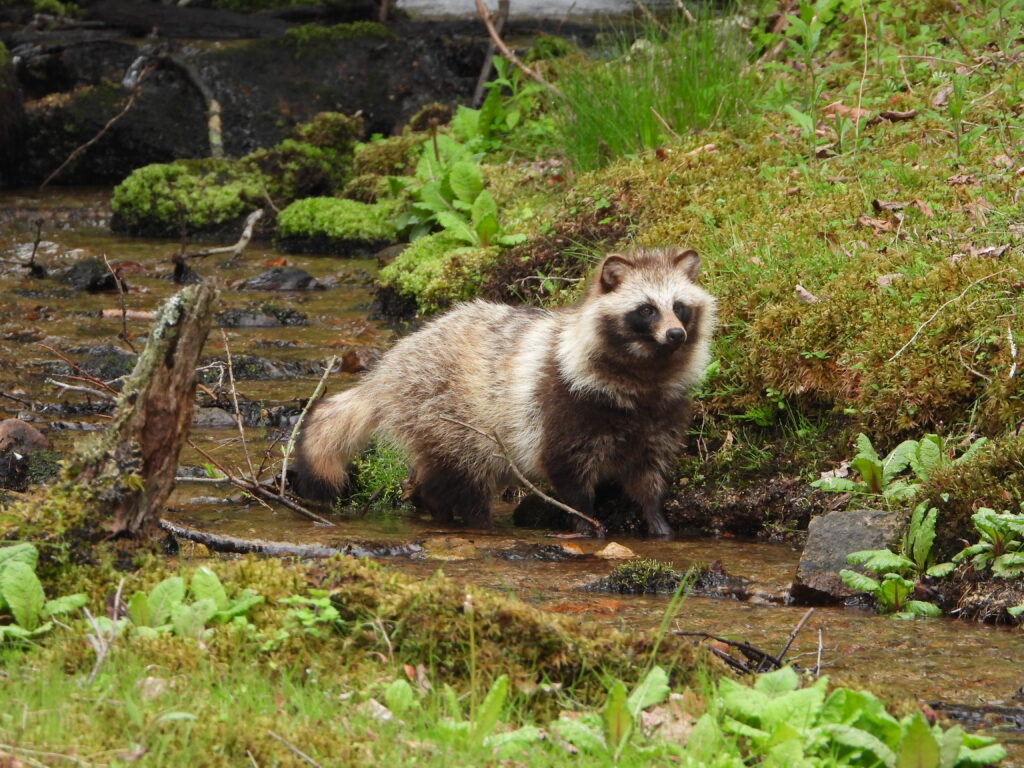
Conservation and Observation Tips
- Monkeys and deer are commonly seen in tourist destinations, but feeding wild animals is discouraged.
- Wild boars and bears can be dangerous—observe from a safe distance and take proper precautions when hiking.
- The serow and fox are more elusive, best seen quietly in natural mountain areas.
Conclusion
From playful snow monkeys to the sacred deer of Nara, from the mystical fox to the formidable black bear, Japan’s mammals are a window into the country’s natural heritage. These species not only shape ecosystems but also appear in folklore, culture, and daily life. Explore the full articles to discover Japan’s remarkable wildlife in more depth.
When you visit Japan, be sure to include wildlife observation as part of your journey—it will be an unforgettable experience.

